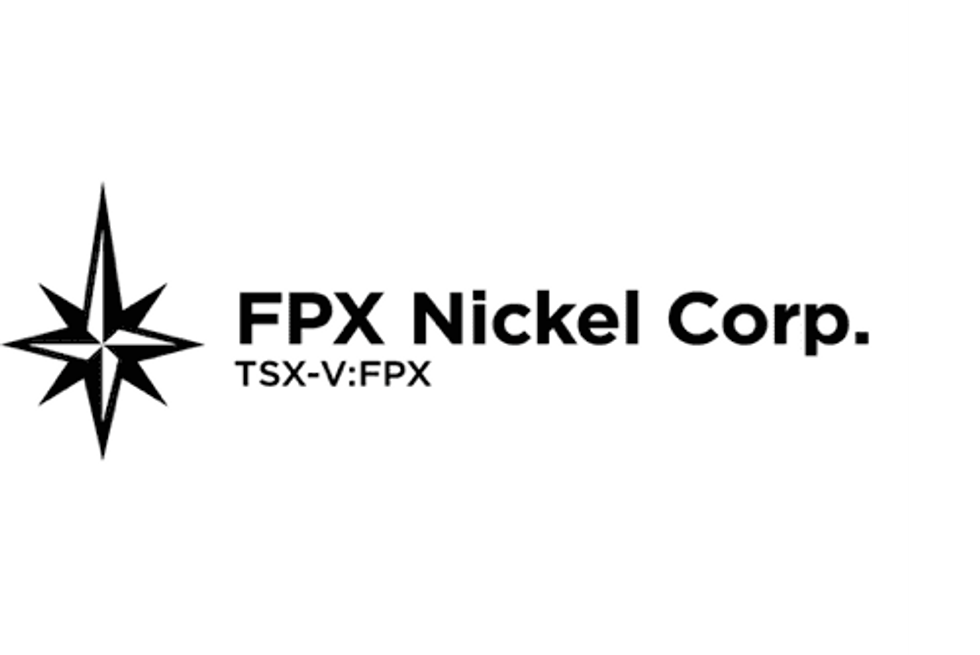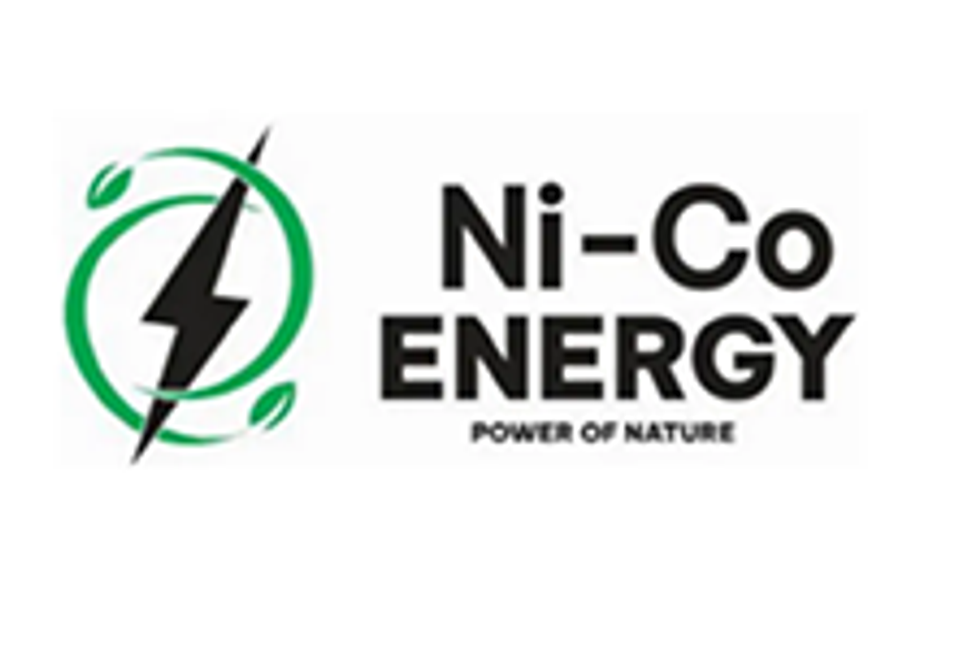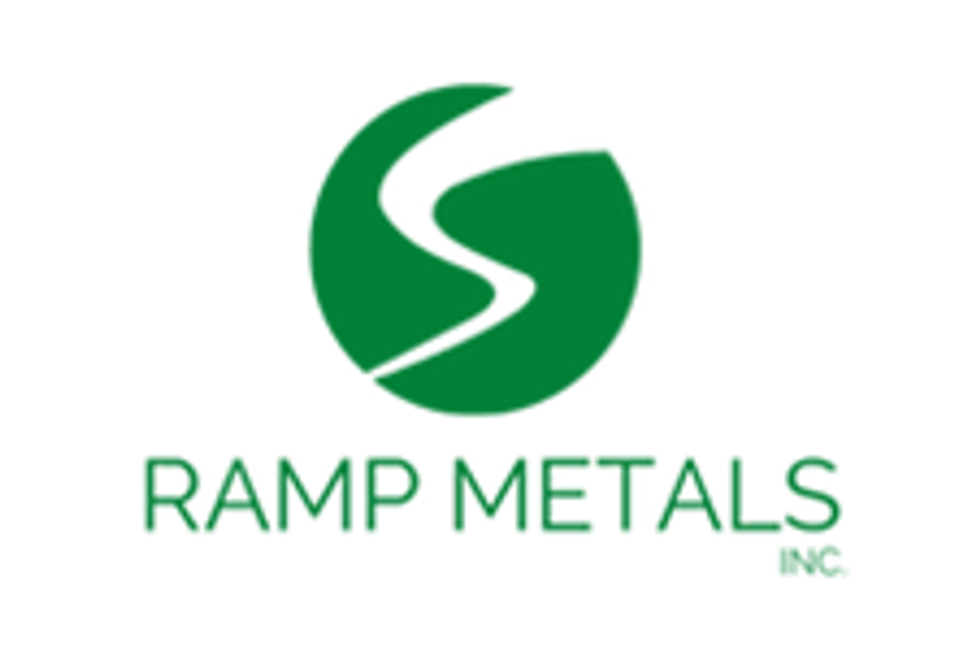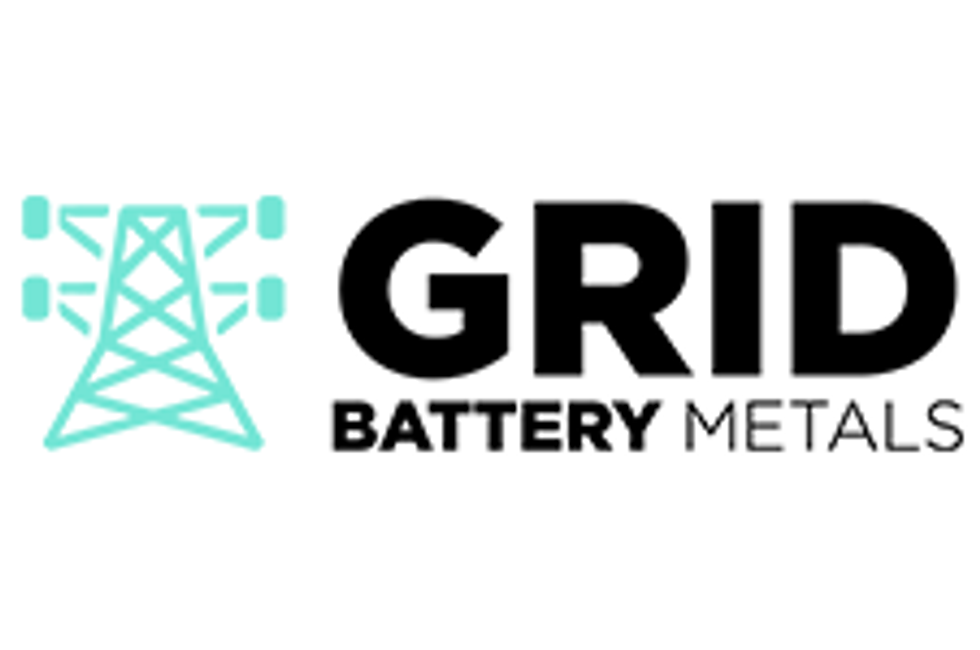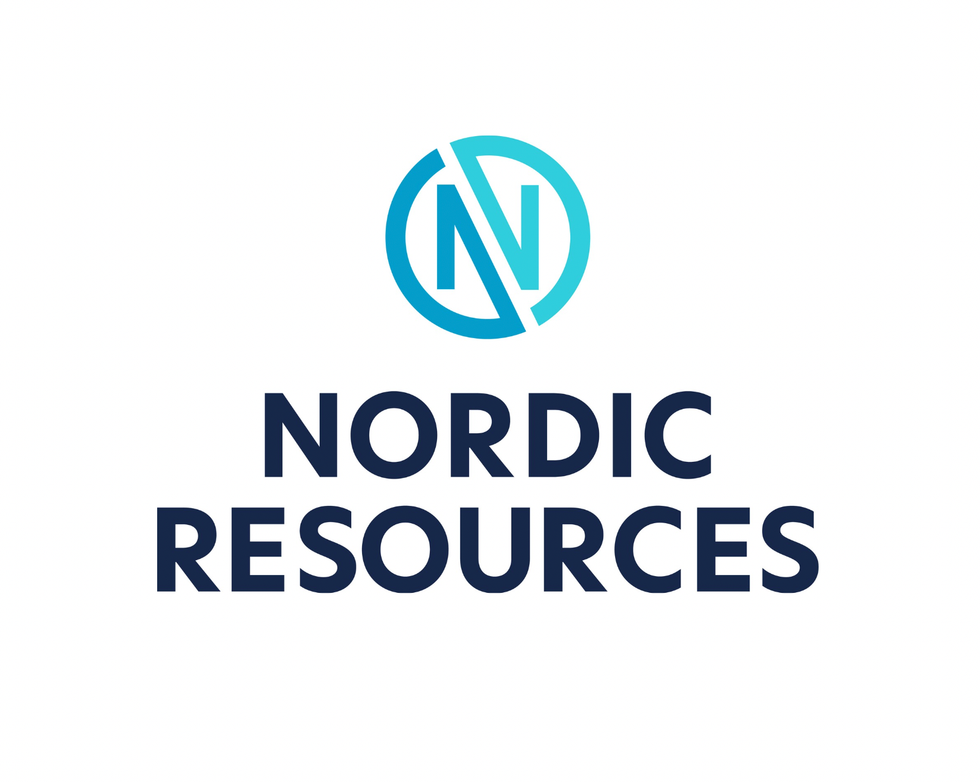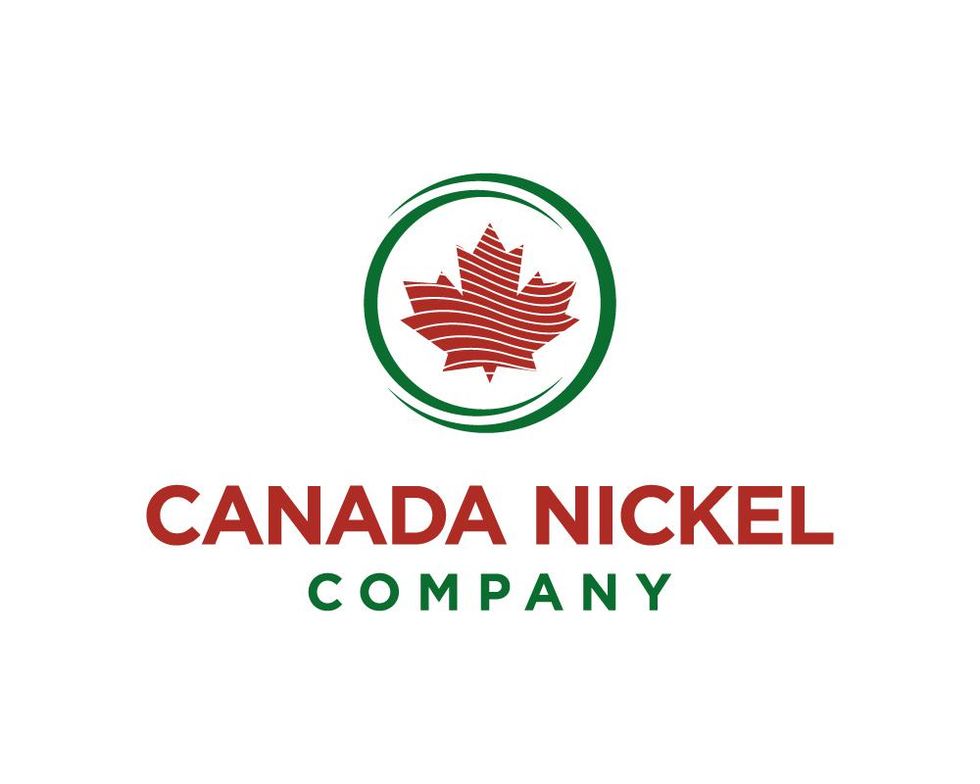Nickel Mines in Australia
Nickel mines in Australia produced 160,000 tonnes of the metal in 2022, putting the country in fifth place for production worldwide.
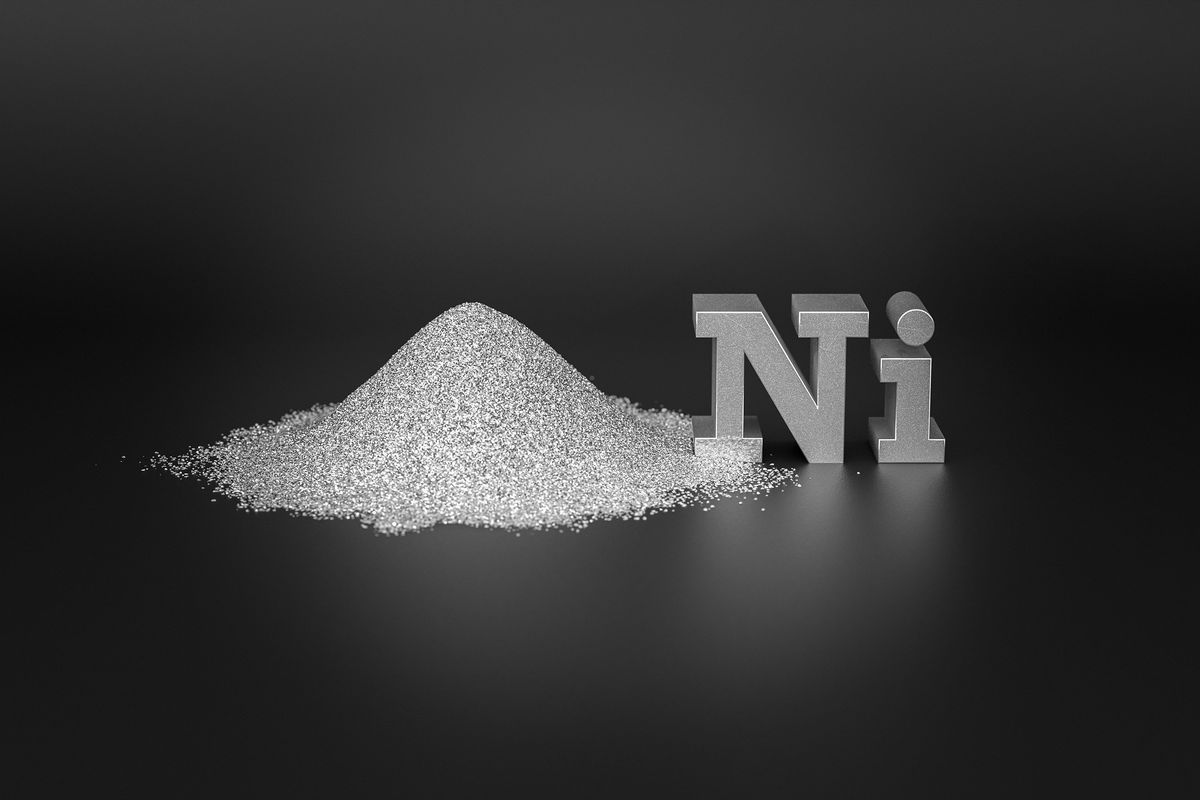
Nickel is the rising star of the base metals world and is quickly gaining more prominence beyond its traditional role in the creation of stainless steel for industrial applications.
Moonlighting as a key ingredient in the battery metals world, nickel is gaining attention as a major component in the creation of the lithium-ion batteries used in electric vehicles and other electric applications.
Australia is positioned to take advantage of rising demand for the metal, with the continent-spanning nation sitting on some 21 percent of global nickel reserves, tied with neighbouring Indonesia.
Nickel is found in mafic-ultramafic igneous rocks in the country. According to US Geological Survey data, Australia had 21 million tonnes of nickel reserves in 2022 and produced 160,000 tonnes of the metal last year, making it the fifth most prolific producer in the world.
Ahead of Australia in terms of production were Indonesia (1,600,000 tonnes), the Philippines (330,000 tonnes), Russia (220,000 tonnes) and New Caledonia (190,000 tonnes).
Australia’s production of nickel comes from 8 operating mines. All are in the state of Western Australia, which makes sense, since that state is home to over 90 percent of the economic demonstrated reserves in the country. The majority of the remaining nickel is held in New South Wales (4 percent) and Queensland (5 percent).
There are plenty of deposits, however. The country’s 21 million tonnes of economic demonstrated reserves can be found across 84 deposits, while there are 233 known deposits in Australia.
It’s worth noting that interest in nickel is being helped along by the growing push to diversify global production of cobalt. Cobalt is frequently produced as a by-product of nickel and copper mines, and as more miners seek to move away from the unstable Democratic Republic of Congo, which has a near-monopoly on global cobalt production, more explorers are looking toward Australia, a nation that is known to be an attractive mining jurisdiction.
What are Australia's largest nickel mines?
The largest nickel reserves in Australia are located in the southern half of Western Australia, where operators such as Canada’s First Quantum Minerals (TSX:FM,OTC Pink:FQVLF), Anglo-Swiss Glencore (LSE:GLEN,OTC Pink:GLCNF) and Australia’s own BHP (ASX:BHP,NYSE:BHP,LSE:BHP) operate the Ravensthorpe, Murrin Murrin and Mount Keith mines, respectively.
Those top mines account for a large share of Australia’s total output. Read on to learn more about them.
1. Ravensthorpe
Ravensthorpe, which is near the south coast of Western Australia, has been in the hands of First Quantum since 2010, when it acquired the then-mothballed mine and associated processing facility. Since then, it has been putting money and time into the project.
Ravensthorpe produced nickel between 2011 and 2017, but was placed into care and maintenance due to low nickel prices. The mine was brought back into production in early 2020,; In 2022, the mine produced 21,529 contained tonnes of nickel.
2. Murrin Murrin
Murrin Murrin is a larger producer than Ravensthorpe. Owned by Glencore through local operator Minara Resources, Murrin Murrin produced 35,700 tonnes of nickel in 2022.
4. Nickel West Mines
The big cheese in Western Australia is Australia’s own BHP, which owns and operates its Nickel West division in the centre of the state.
Four mines are operated by BHP with a focus on nickel: the low-grade Mount Keith mine and the higher-grade Cliffs, Leinster and Rocky’s Reward mines.
Ore mined by BHP is sent to Nickel West’s Kalgoorlie smelter, where it also processes ores and concentrates purchased from third parties.
BHP has a fully integrated operation, with premium nickel powder and briquettes shipped from its Fremantle port facilities.
No surprises, then, that BHP is the top dog when it comes to nickel production in Australia, accounting for 76,800 tonnes of nickel in 2022.
With 85 percent of that going to battery material suppliers, Western Australia is shaping up to be an integral part of the technology supply chain.
What is the outlook for nickel in Australia?
The future of nickel in Australia is bright, with the metal already building from a strong base. The export value of nickel for Australia in 2021 to 2022 was AU$4.4 billion according to government data. Nickel exports in the country are expected to increase with higher volume and prices in the coming years.
Thanks to new development projects and expansions, the export volume is expected to increase from 157,000 tonnes in 2021 to 2022 to a capacity of 188,000 tonnes in 2023 to 2024.
In August of 2021, Eddy Haegel, president of BHP Nickel West, announced at the annual Diggers and Dealers conference that he believes “over 2020 to 2030, overall nickel demand will grow at 5 percent compound annual growth rate (CAGR), and that nickel-in-battery demand will grow at a rate of 21 percent CAGR.” The company announced that it would expand its operations in order to meet that expected demand.
Projects that are progressing through exploration and development are popping up elsewhere in Australia besides Western Australia, one of which is the Sunrise nickel-cobalt project, owned by Sunrise Energy Metals (ASX:SRL) in New South Wales and currently in the development stage.
This is an updated version of an article first published by the Investing News Network in 2022.
Don’t forget to follow us @INN_Australia for real-time updates!
Securities Disclosure: I, Matthew Flood, currently hold no direct investment interest in any company mentioned in this article.

